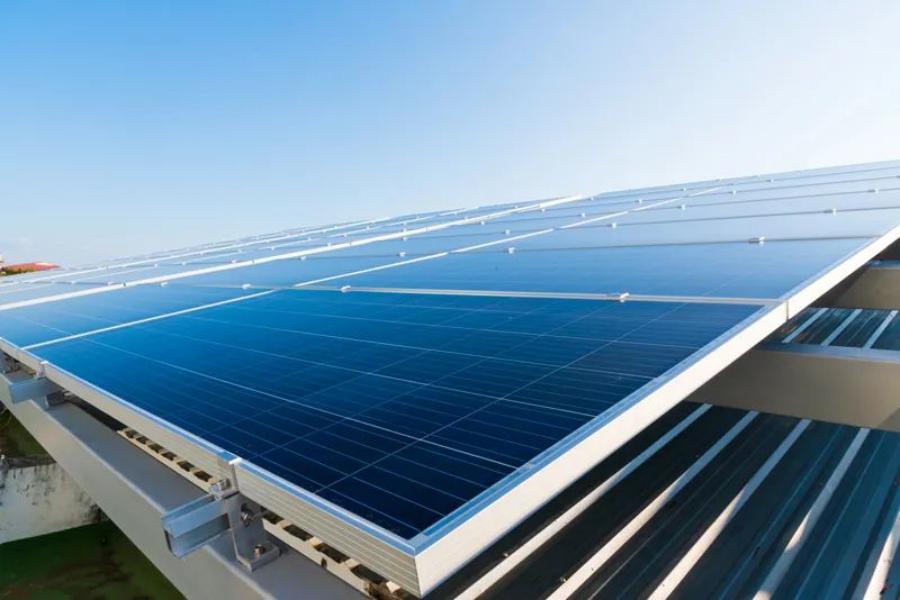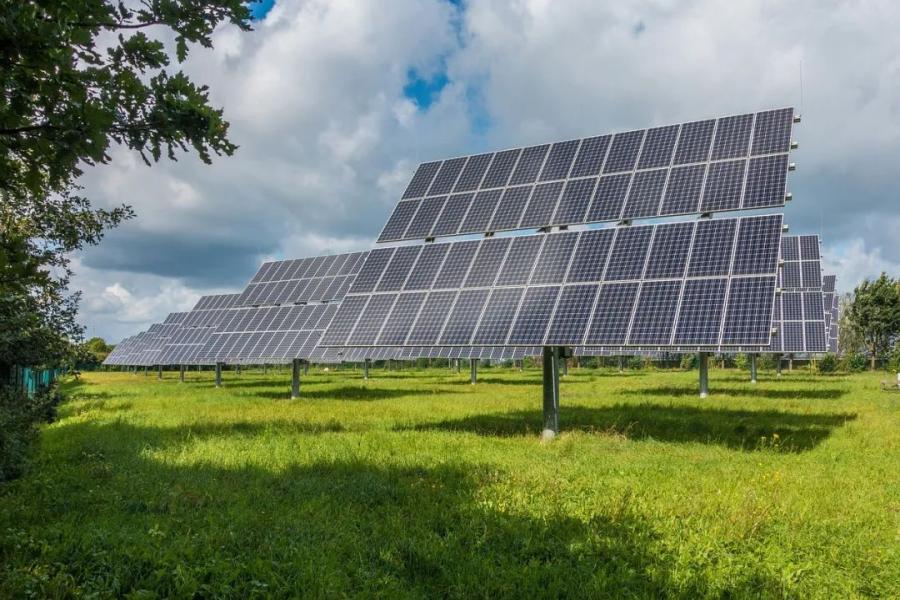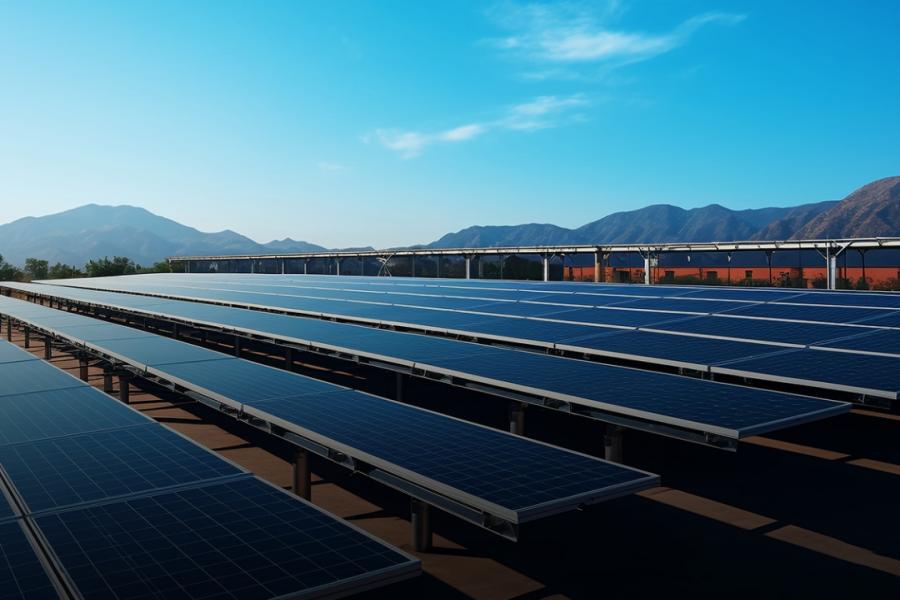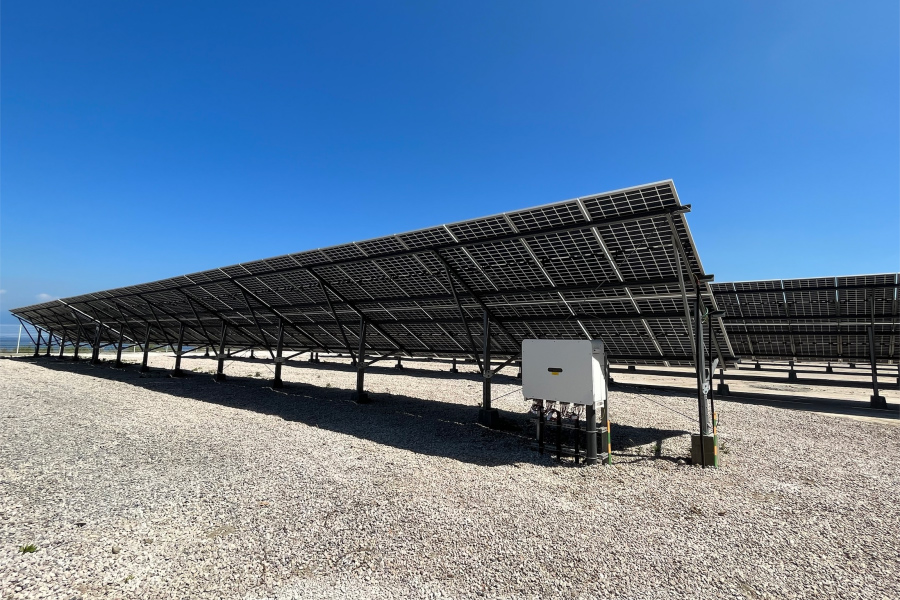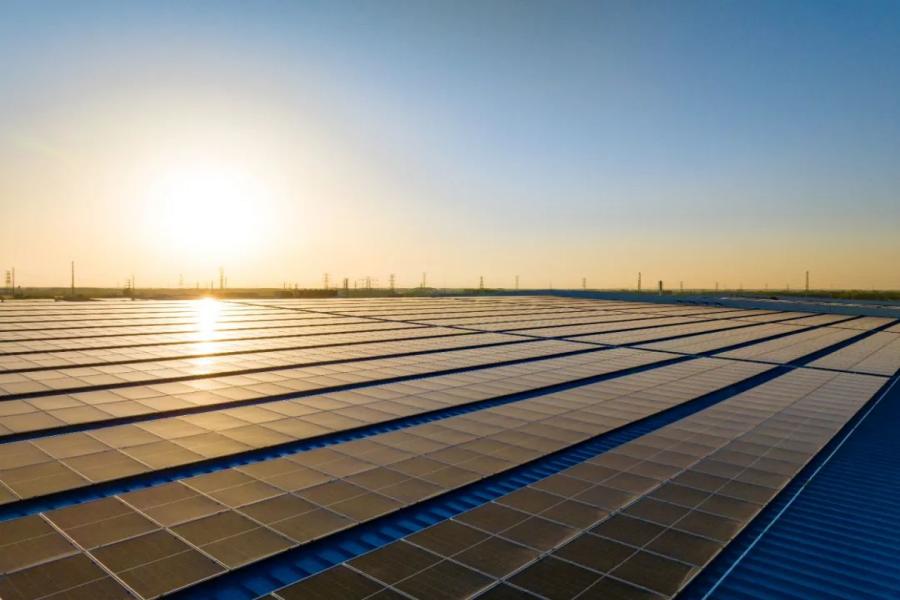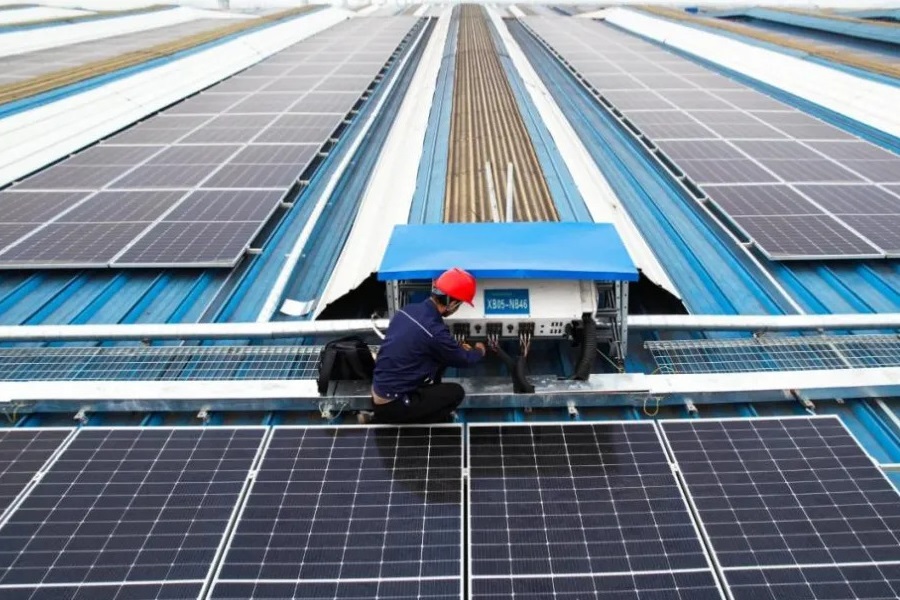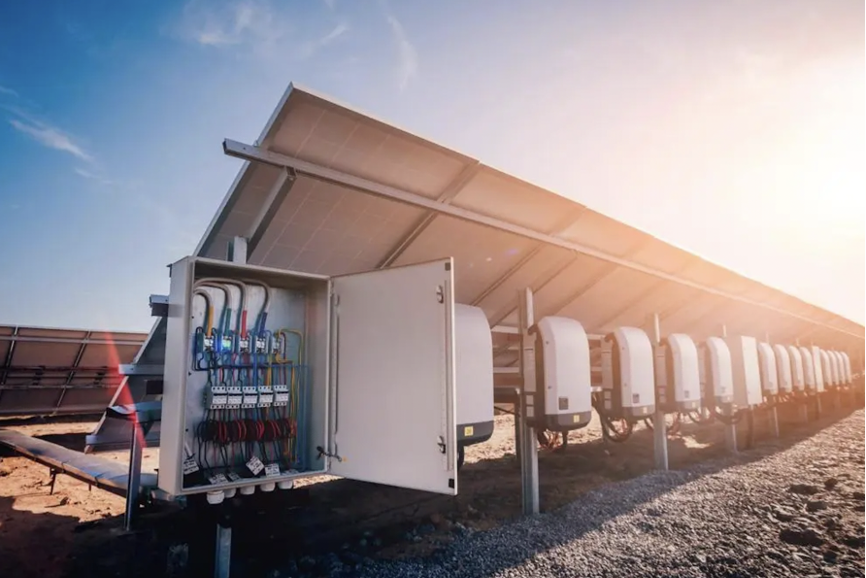The Difference Between Solar Inverter and Energy Storage Inverter
1. Definition and principle
Solar inverter is a kind of power equipment that can convert direct current energy into alternating current energy, which is often used in solar photovoltaic systems. Its principle is to convert the direct current emitted by photovoltaic panels into alternating current to meet household and industrial electricity needs. It usually includes a transformer, a set of electronic components and integrated circuits and other parts, which can convert the direct current (DC) emitted by photovoltaic panels into alternating current (AC), which is commonly used in our daily life.
The function of the energy storage inverter is not only to convert direct current into alternating current, but also to use energy storage devices such as batteries to store electrical energy, and then release electrical energy from the storage device when needed. The energy storage inverter usually has the characteristics of bidirectional power conversion, high efficiency charge and discharge, etc., which can realize the supply and utilization of various energy sources.
2. Application scenario
Solar inverters are mostly used in solar photovoltaic systems in industrial areas and residential areas, mainly used to transmit solar panels to the electricity consumption area through AC. In addition, large photovoltaic power plants also need to use photovoltaic inverters to convert the direct current emitted into alternating current.
The energy storage inverter is mainly used in the energy storage system or the power grid, especially in the industry with more renewable energy such as solar energy and wind energy, to achieve the effective management and regulation of these new energy sources. Energy storage inverters can use devices such as batteries to store energy and provide energy to grid builders at night or during some cloudy days during the day.
3. Working style
The working principle of solar inverters is similar to that of ordinary inverters, converting direct current into alternating current. However, the photovoltaic inverter needs to adjust both the size and frequency of the direct current voltage at the same time in order to convert the direct current into alternating current suitable for the application. In addition, photovoltaic inverters have some other functions, such as smoothing power fluctuations, protection devices, data recording devices, and so on.
The working principle of the energy storage inverter is somewhat different from that of the PV inverter, which has the characteristics between the conventional inverter and the two-way DC/AC converter. The energy storage inverter can collect electricity from renewable energy systems such as solar and wind energy and store it in batteries. When it is used, this part of the stored electricity can be released to the grid or directly converted into output electricity. In addition, the energy storage inverter realizes the protection and management of the battery pack by controlling the current, voltage, power, temperature and other parameters in the battery receiving and discharging behavior.
4. Performance indicators
Solar inverters and energy storage inverters are also different in terms of performance indicators. Photovoltaic inverters mainly consider the following indicators:
- Efficiency: The efficiency of the photovoltaic inverter refers to the ability to convert direct current into alternating current, so the higher its efficiency, the smaller the conversion of power loss. In general, the efficiency of photovoltaic inverters is required to be above 90%.
- Power density: During the use of photovoltaic inverters, certain power requirements need to be met. Therefore, its power density has become an important performance indicator, generally required in 1.5~3.0W/cm2.
- Protection level: the photovoltaic inverter should have good environmental adaptability, so its external structure should have the corresponding waterproof, dustproof, seismic, fire and other capabilities. At present, domestic and foreign standards require that the protection level of photovoltaic inverters is not less than IP54.
The energy storage inverter has the following indicators in the performance indicators:
- Response speed: the energy storage inverter should have fast and stable response characteristics, and when the load of the system changes, the energy storage inverter should have fast response ability.
- Conversion efficiency: The energy conversion efficiency of the energy storage inverter should be relatively high to ensure the efficiency of storage and discharge.
- Storage energy density: In order to achieve efficient storage functions, the storage energy density of the energy storage inverter should be as large as possible.
5. Cost
There is also a big difference in the cost of solar inverters and energy storage inverters. In general, the number of photovoltaic inverters is much more than energy storage inverters, and the price of photovoltaic inverters is relatively low, generally between $10,000 and $50,000. The energy storage inverter is a relatively high-end product, the price is generally more than hundreds of thousands of yuan, the need to use a large number of batteries and complex technical debugging, so the cost of use is also more expensive.
Cadmium Telluride (CdTe) solar module manufacturer First Solar has begun constructing its 5th production factory in the US in Louisiana.






